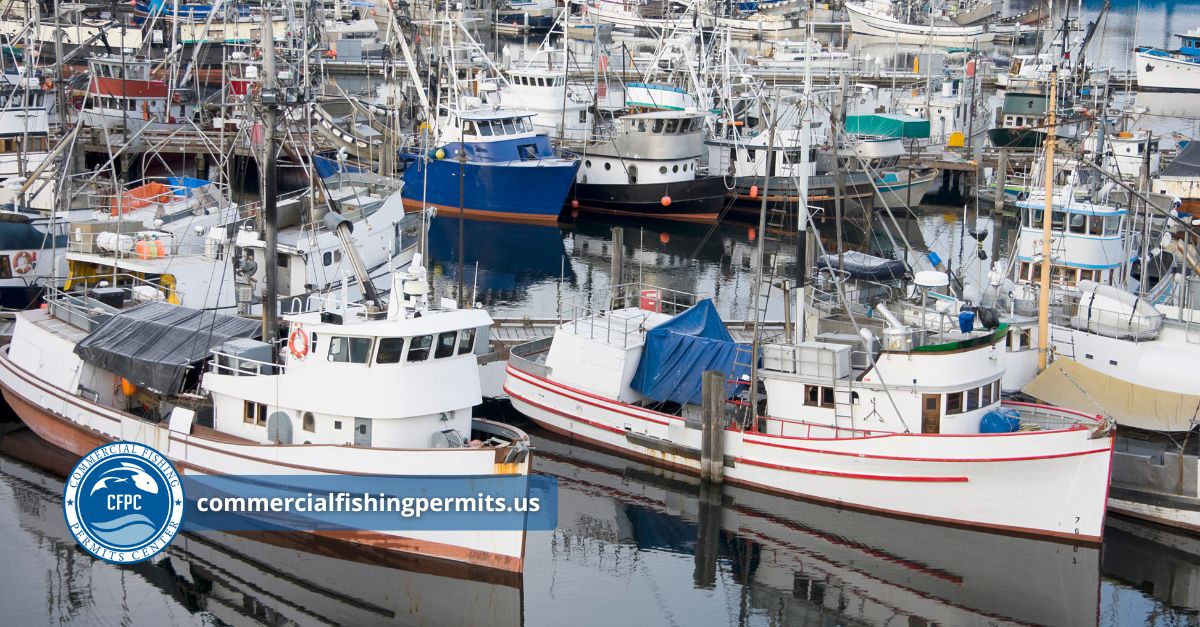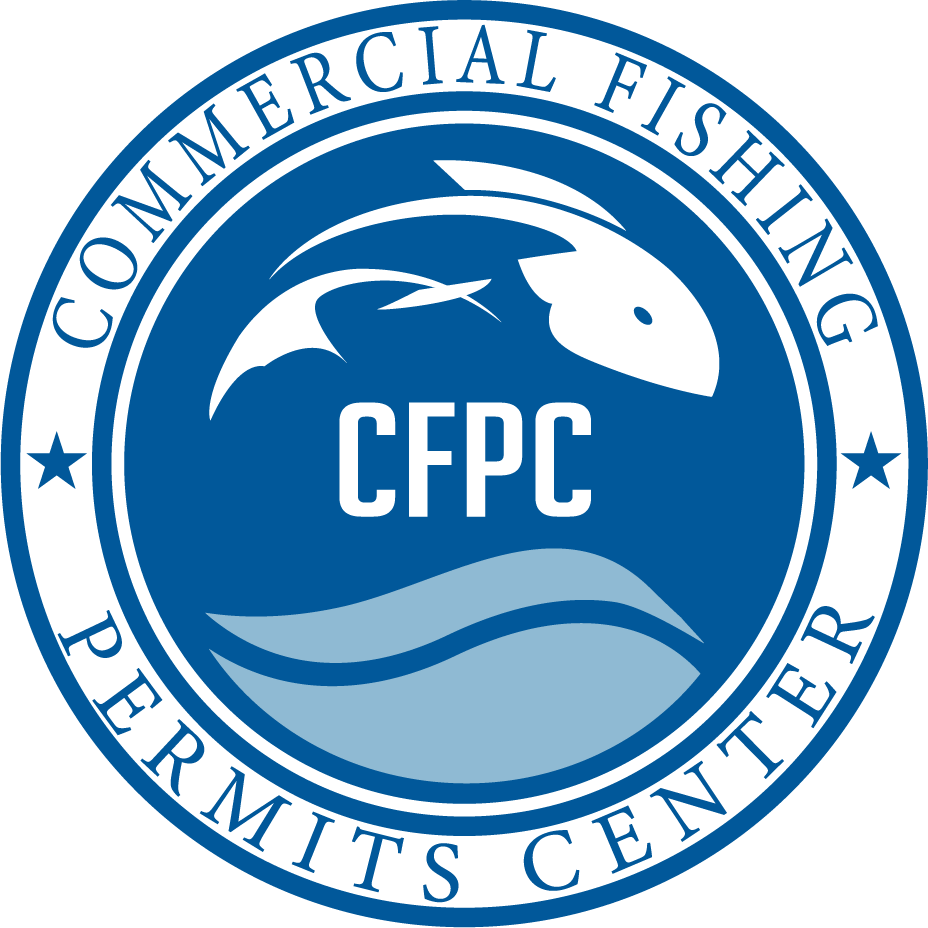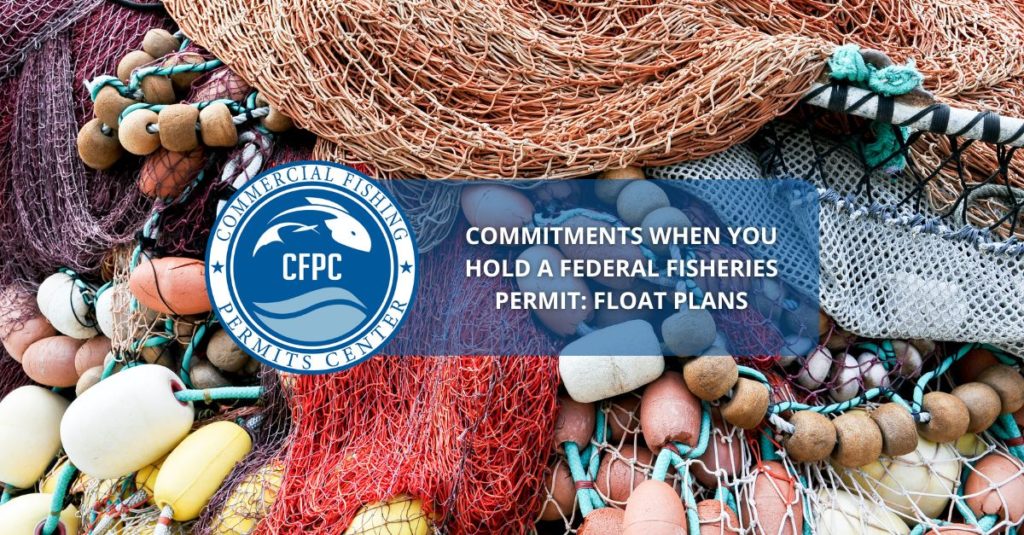When you hold a federal fisheries permit, you must adhere to the regulations that go with it. This ensures your safety and the safety of the other boaters and species that live in the water. A float plan is one of the commitments you hold when you have a fishing permit. So, it makes sense that you understand what a float plan is, and this guide will help you do just that.
What is a Float Plan in Connection With a Federal Fisheries Permit?
Knowing what a float plan is is vital when you hold a federal fisheries permit. The float plan is a document that outlines the details that go along with an outing on a boat, including commercial fishing trips. Its purpose is to provide essential information about a boat and its occupants so that authorities can find them in cases of emergency or a failure to return. A float plan is especially important for boaters who plan to be offshore or will be in areas where communication is limited. The float plan should always be prepared and submitted to the relevant entities or individuals before you leave. That way you can address any concerns or discrepancies before you’re out on the water.
What is Included in the Float Plan?
All boaters are encouraged to submit a float plan before going out on the water. This doesn’t have to take a lot of time but is a helpful safety measure that will come in handy, should you run into trouble. A comprehensive plan is the best way to ensure safety and rescue, should it be needed. Make sure you include all of the relevant details when you put together your float plan.
- Boat name, registration number, document number
- Type of vessel
- Length, color, draft, and beam of the boat
- Type of communication equipment on board
- Names, contact information, and emergency contacts for all people on board
- Medical information and conditions for the crew
- Departure and arrival times
- Locations and destinations
- Planned route
- Scheduled stops
- Anticipated return date and time
- List of safety equipment on board
- Inventory of fishing equipment and gear
- Fuel capacity
- Estimated fuel consumption
- Primary and secondary methods of communication
- Check-in schedule
- Emergency plan
- Weather forecasts during the trip
- Plans in place for extreme weather conditions
- Alternate routes
- Shelter locations
- Plans for medical emergencies
- Abandonment plan in cases of severe damage or sinking
- Location of emergency equipment
- Contact information for onshore contacts, emergencies, and otherwise
- Who to contact in case of an emergency
- Any information required by state or federal authorities
- Any other details that are relevant to the boat or voyage

The more details you include in your float plan, the better. Make sure you remember to submit the plan before you leave and keep a copy for yourself as well. You never know when your float plan will be needed, so it’s best to be prepared for each and every journey on the water.
If you need help creating a float plan or have questions about how it relates to holding a federal fisheries permit, we are here for you. Contact the Commercial Fishing Permits Center today for all of the assistance you need.


No Comments
Be the first to start a conversation